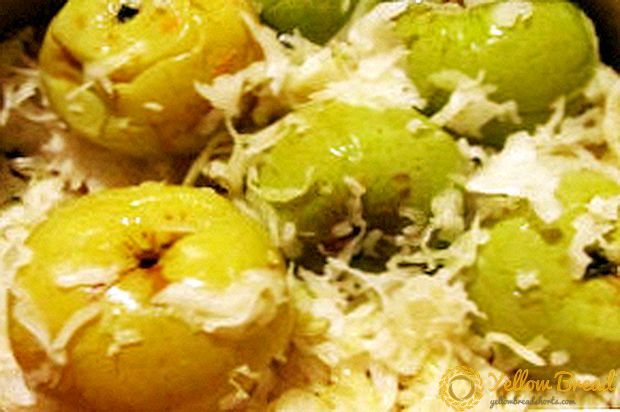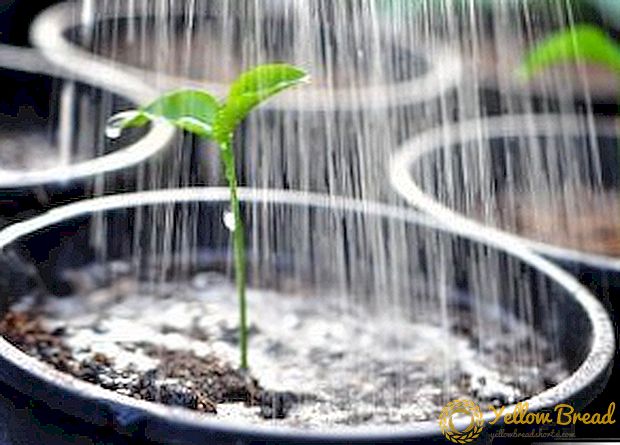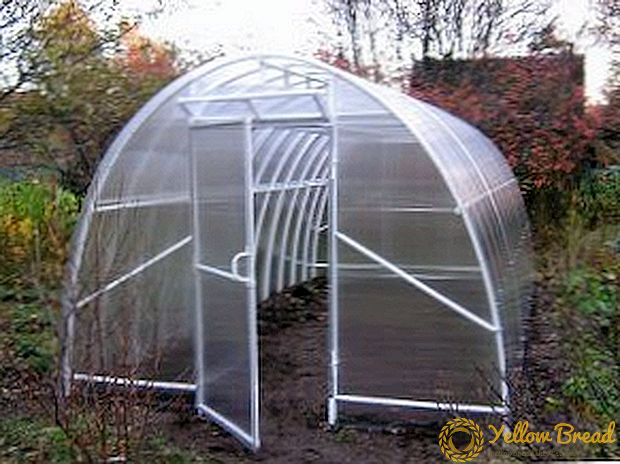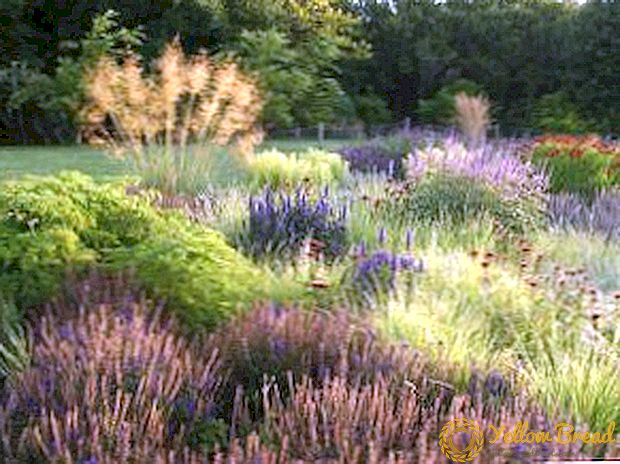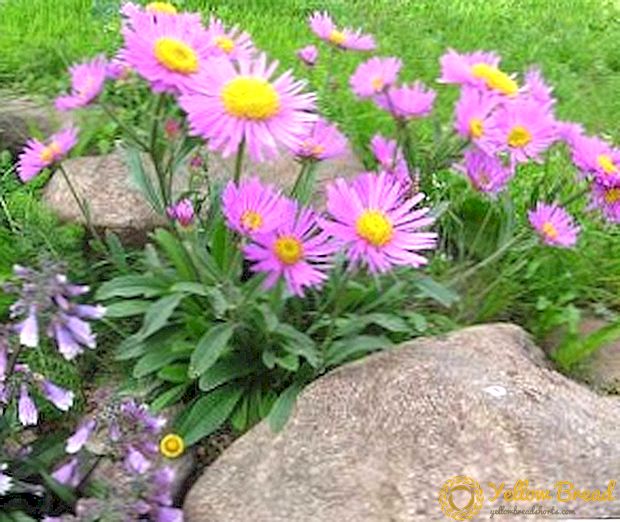 If you are busy searching for a variant of a flower that is best suited to diversify the appearance of your site, and which is quite undemanding to care for, the Alpine aster is the best option that suits you. This plant has found wide application in landscape design due to the fact that it has a very attractive and bright appearance. In this article you will find all the information concerning perennial Alpine asters, planting and caring for it in open ground, possible diseases and pests that parasitize on this flower.
If you are busy searching for a variant of a flower that is best suited to diversify the appearance of your site, and which is quite undemanding to care for, the Alpine aster is the best option that suits you. This plant has found wide application in landscape design due to the fact that it has a very attractive and bright appearance. In this article you will find all the information concerning perennial Alpine asters, planting and caring for it in open ground, possible diseases and pests that parasitize on this flower.
- Description
- Varieties and varieties
- Planting and care
- Breeding
- Diseases and pests
- Medicinal properties
- Use in landscape design
Description
Alpine Astra is a species of dicotyledonous plants that belong to the genus Astra of the Astro family. The area of natural growth of this flower is quite wide and includes Europe, North America, Tajikistan, Mongolia, China and the south-western part of Asia.  Alpine aster is a perennial herb, the height of which varies from 10 to 40 cm.The root system is weakly branched, as a rule, is one thick main root, sometimes with several small branches.
Alpine aster is a perennial herb, the height of which varies from 10 to 40 cm.The root system is weakly branched, as a rule, is one thick main root, sometimes with several small branches.
The leaves, located closer to the roots of the plant, are spatulate or obovate, petiolate, and those that are placed on the stem gradually decrease in size to the top, sometimes pubescent, with appearing veins, those that are lower - placed on the cuttings, and the upper ones - tight to the stalk.
Aster flowers are placed one on each stalk, have average sizes (diameter up to 5.5 centimeters).  Each flower bears on itself from 26 to 60 petals, an oblong, lancet-like shape, which surround its central part, usually painted in a yellow shade. The color of the petals varies from red to purple.
Each flower bears on itself from 26 to 60 petals, an oblong, lancet-like shape, which surround its central part, usually painted in a yellow shade. The color of the petals varies from red to purple.
The fruit is a seed, flattened, in shape - obovate, at the top of which is placed a white four-row tuft.Flowering occurs in the summer, and fruiting captures more and September.
Varieties and varieties
Modern breeders have found quite a lot of different varieties of this flower, which differ significantly in color and are able to meet the needs of even the most fastidious gardener. Here is a list of the most popular ones:
- Albus - a flower with rather low stalks (up to 20 cm), densely dotted with small leaves, the tops of which are covered with white flowers. The flowering period lasts from the beginning of June to the end of July.

- Gloria - The flowers of this variety have a soft blue color, inflorescences rarely exceed 3 centimeters in diameter.

- Goliath - has light purple flowers, the diameter of which is about 6 cm. The flowering period is limited to the first month of summer.

- Rosea - got its name due to flowers that have a pink color, the diameter of which reaches 4 cm.

- Happy end - has upright strong stems densely seated with leaves. Flowers are pink color. Flowering period continues throughout May.

- Dunkle Schöne - Astra dark purple color with inflorescences, the diameter of which reaches 3 cm. It has a rather short stem.

- Ruber - flower sockets of this variety of asters have a bright red-pink color and reach 4 cm in diameter.


Planting and care
Before embarking on planting alpine asters, it is necessary to choose a plot of future growth that would best satisfy all of its needs. This plant is very light-loving in nature, so you should not plant on shaded areas.
This flower easily transfers the effects of wind and drafts, and therefore the presence of these factors is not an obstacle to planting. This plant does not tolerate a constant excess of moisture, which can cause rotting of the roots and the subsequent death of the plant.
Therefore, the plant should not be planted in the lowlands and places of accumulation of excess amounts of groundwater.
Before planting, the soil should be properly fertilized using, for example, 200 g of dolomite flour or lime and 100 g of superphosphate. Next is digging the soil, its abundant watering and removal of weeds.  After the formation of the pits, you can begin the direct process of planting.
After the formation of the pits, you can begin the direct process of planting.
As for the care, then, as already noted, it is quite unpretentious plant. All Astra needs for successful growth and development is timely watering, loosening the soil and occasionally weeding.
In the autumn, a solution of 200 g of ash per 1 bucket of water will not be superfluous. In the spring, plants require a lot of potassium, so it is recommended to apply fertilizers rich in this element.  In order to extend the flowering period, it is recommended to cut the buds that are starting to bloom. After the flowers live in one place for 5 years, they are recommended to replant. In the process of transplanting, they can be easily divided for later reproduction.
In order to extend the flowering period, it is recommended to cut the buds that are starting to bloom. After the flowers live in one place for 5 years, they are recommended to replant. In the process of transplanting, they can be easily divided for later reproduction.
Wintering in places where enough snow falls is usually tolerated by these flowers without any particular consequences. However, if your area is characterized by severe frosts without snowfall, it is necessary to cover the plants for this period with the help of sand, earth or lapnik.
It is important to remember that one should not allow accumulations of melt water in areas where asters are planted, so try to plant them on higher ground.
Breeding
Alpine Astra, due to its perennial nature, is susceptible to growing not only from seeds, but also using cuttings and dividing the bush.  The most common is the latter method, since this flower requires a transplant every 5-7 years, during which it is very convenient to perform the separation of the mother plant.
The most common is the latter method, since this flower requires a transplant every 5-7 years, during which it is very convenient to perform the separation of the mother plant.
Seeds of asters can begin to collect at the very end of autumn, after complete cessation of flowering.The collected seed is planted in a pre-fertilized soil and covered with plastic wrap to form a microclimate conducive to germination.
Picks should be made at the beginning of spring, after the first leaves have broken through. The asters obtained in this way begin to bloom only from the second year; moreover, the germination of the seeds of this flower leaves much to be desired.
The division of the bush, as mentioned earlier, is the most common method of breeding these flowers.
 After extracting the flower from the place of initial growth, it is necessary to separate 3-4 stalks with a small part of the root system with a sharp knife from the mother plant. This is followed by transplanting the plants to a further place of residence.
After extracting the flower from the place of initial growth, it is necessary to separate 3-4 stalks with a small part of the root system with a sharp knife from the mother plant. This is followed by transplanting the plants to a further place of residence.For propagation by cuttings, the upper parts of the shoots are best suited. It is recommended to make cuts at the level of 5-7 cm from the top.
Next, the cuttings should be processed using coal powder and put them in a specially prepared earthen mixture consisting of 2 parts of sod land, 1 part of peat and 1 part of sand.
After they should be placed in a dark place and cover with agrofibre. The only thing the cuttings will require from time to time is watering.  After rooting, which usually takes about 1 month, young plants can be transplanted into open ground. The best time for transplanting is considered the end of summer and the beginning of autumn.
After rooting, which usually takes about 1 month, young plants can be transplanted into open ground. The best time for transplanting is considered the end of summer and the beginning of autumn.
Diseases and pests
This flower is rarely affected by various pests and diseases, but in wet weather, when there is a constant excess of moisture, it is likely that your flowers will become infected with any of the fungal diseases, such as powdery mildew, black leg, or rust.
 Of insect pests, the danger for asters can be: arable slug, spider mite, scoop, and kidney aphid. All of them eat young leaves and not yet blossomed buds, which ultimately leads to the inevitable death of the plant.
Of insect pests, the danger for asters can be: arable slug, spider mite, scoop, and kidney aphid. All of them eat young leaves and not yet blossomed buds, which ultimately leads to the inevitable death of the plant.The most effective measure against all these insects is the treatment of plants with various insecticide solutions.
Medicinal properties
The Alpine Astra is famous not only for its magnificent appearance, but also has a certain list of healing properties. In Tibet, for example, decoctions from it since ancient times were used to treat eczema, scrofula, cough and bone pain.
This flower is rich in various flavonoids, coumarins and saponins, due to which it exhibits a significant antipyretic and expectorant effect. Infusions of asters, applied externally, help reduce itching with various dermatitis and other skin lesions.  Broths from it can also be taken orally to treat and prevent various diseases of the gastrointestinal tract, colds, diseases of the joints, tuberculosis and influenza.
Broths from it can also be taken orally to treat and prevent various diseases of the gastrointestinal tract, colds, diseases of the joints, tuberculosis and influenza.
Folk healers recommend various infusions prepared from asters for the treatment of malaria and as hemostatic agents.For older people, these infusions have a tonic and invigorating effect.
It is believed that drugs based on it help in the treatment of neurasthenia and dizziness, perhaps their use as antihelminthic drugs.
Use in landscape design
This flower is extremely loved by many professional and novice gardeners for its rather unpretentious nature. It is actively used in the creation of various rock gardens, the design of flower ensembles, flower beds, stony hills, flower beds and as a decoration for balconies.  Asters are perfect for planting in the foreground on the background of shrub plantings, in the borders and to decorate their shores of artificial country or garden lakes. Violets, geraniums, barberries, badany, spireas will be excellent neighbors for these colors.
Asters are perfect for planting in the foreground on the background of shrub plantings, in the borders and to decorate their shores of artificial country or garden lakes. Violets, geraniums, barberries, badany, spireas will be excellent neighbors for these colors.
Looks pretty good combination of Alpine asters with decorative cereals.
So, we hope that this article has helped you determine whether you need to breed this flower. Remember that in addition to the delight for your eyes, this plant can also serve as a good raw material for the manufacture of various drugs.
Do not deny yourself the pleasure of caring for this flower! Good luck to you and your garden!



